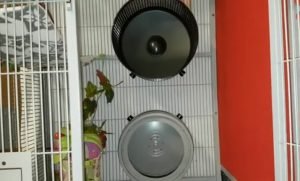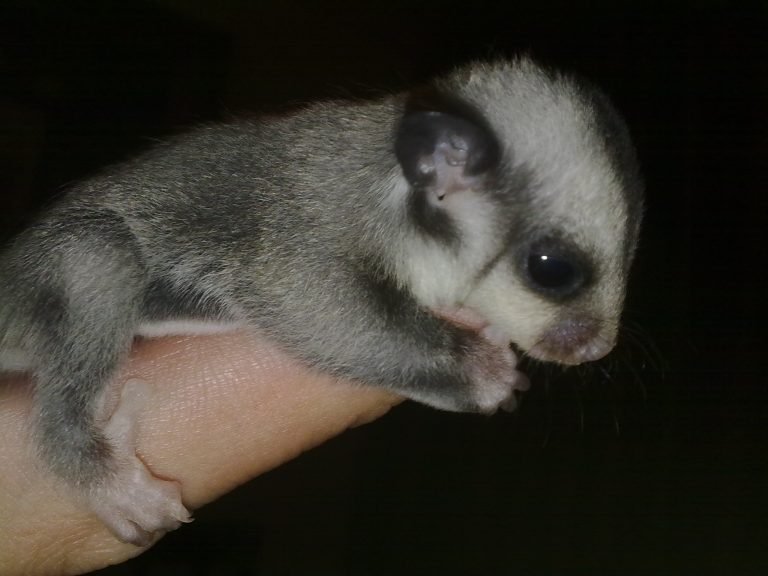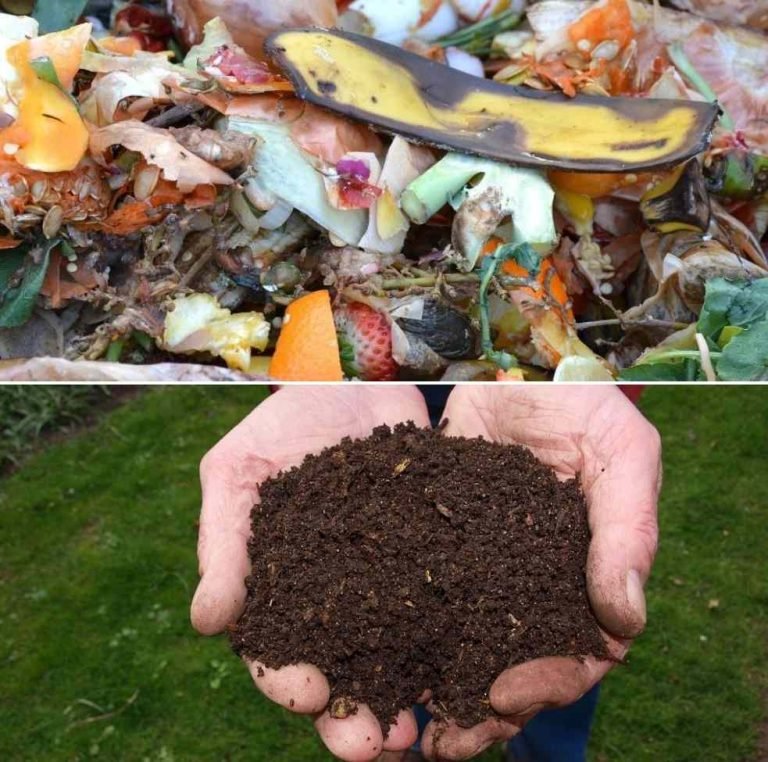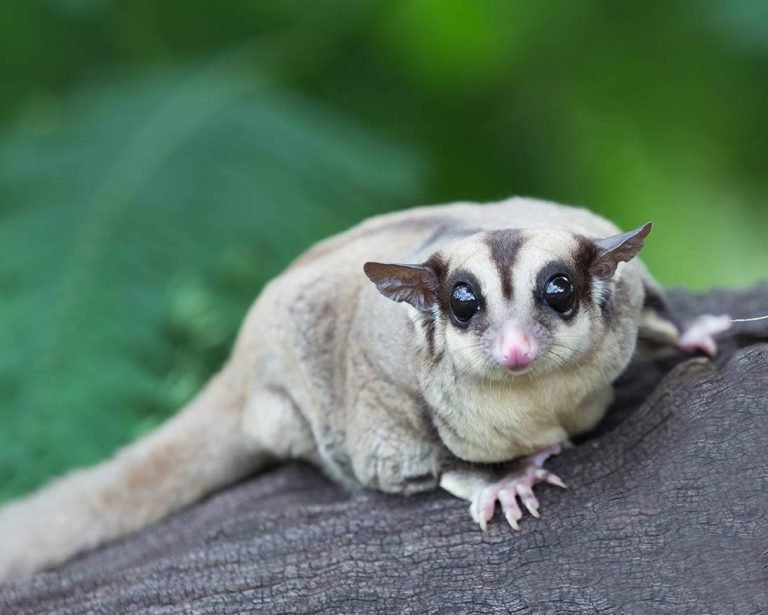Freedom Wheel Sugar Glider
Freedom Wheels Sugar Glider: A Complete Guide to Joyful Gliding
Are you considering getting a sugar glider as a pet, and wondering if a freedom wheel is a good addition to their habitat? Well, you’ve come to the right place! In this article, we will delve into the world of sugar gliders and explore the benefits of the freedom wheel. So, let’s get started!
Sugar gliders are adorable and fascinating creatures native to Australia, Indonesia, and New Guinea. With their large eyes, furry bodies, and flaps of skin that allow them to glide through the air, they have become increasingly popular as exotic pets. These small, arboreal marsupials are highly social and require lots of mental and physical stimulation to thrive in captivity.
The Importance of Exercise for Sugar Gliders
As gliders are naturally energetic and acrobatic, providing them with ample opportunities for exercise is crucial for their well-being. In the wild, sugar gliders spend their nights foraging for food and traversing long distances in search of mates. Replicating this active lifestyle in captivity is essential to keep them happy and healthy.
The Freedom Wheel: What is it?
The freedom wheel, also known as an exercise wheel or sugar glider wheel, is a fantastic addition to a sugar glider’s habitat. It is a specially designed wheel that allows these small creatures to run, jump, and glide, providing them with an engaging and efficient means of exercise.
Unlike hamster wheels, which are often too small and unsuitable for sugar gliders, the freedom wheel is larger in size, allowing for full extension of their limbs. It typically consists of a sturdy metal or plastic frame with a solid surface that provides traction for the gliders’ feet as they run.

The Benefits of the Freedom Wheel for Sugar Gliders
The freedom wheel offers numerous advantages for sugar gliders, both mentally and physically. Let’s explore some of these benefits in more detail:
1. Physical Exercise: Sugar gliders have high energy levels and need plenty of physical exercise to stay healthy. The freedom wheel provides an outlet for them to run and play, mimicking their natural behavior in the wild.
2. Mental Stimulation: Gliding on the wheel allows sugar gliders to engage their senses and stimulate their minds. It adds variety to their daily routine and keeps them mentally sharp and entertained.
3. Weight Management: Just like humans, sugar gliders can become overweight if they lead a sedentary lifestyle. Regular use of the freedom wheel helps them burn excess calories and maintain a healthy weight.
4. Muscle Tone and Bone Health: Running on the wheel helps strengthen their muscles and improve their coordination. It also promotes good bone health, ensuring strong and healthy limbs.
5. Stress Relief: Sugar gliders are social creatures and can experience stress or anxiety if they don’t have enough mental and physical stimulation. The freedom wheel provides a constructive outlet for these emotions, helping them relax and unwind.
6. Bonding Opportunity: If you’re an active glider owner, using the freedom wheel can be a joyful bonding experience. Gliders often enjoy running on the wheel together, fostering a sense of trust and companionship between you and your pets.
Choosing the Right Freedom Wheel
When selecting a freedom wheel for your sugar glider, there are a few important factors to consider to ensure their safety and comfort:
1. Size: The wheel should have a diameter of at least 12 inches (30 cm) to allow the glider to run comfortably without arching their back.
2. Solid Surface: Opt for a wheel with a solid running surface to prevent any injury to their feet or tail while running.
3. Noise Level: Look for a wheel that operates quietly to avoid causing unnecessary stress to your glider.
4. Easy to Clean: Glider wheels can get dirty quickly due to urine and feces. Choose a wheel that is easy to disassemble and clean to maintain proper hygiene.
Introducing the Freedom Wheel to Your Sugar Glider
Like any new addition to their enclosure, your sugar glider may need some time to adjust to the freedom wheel. Here are a few steps to help ease the transition:
1. Gradual Introduction: Place the wheel near their current play area and allow them to explore it at their own pace. You can even add some treats or favorite toys on the wheel to entice them.
2. Positive Reinforcement: Whenever your glider hops on the wheel, praise them and offer treats or a favorite snack. Positive reinforcement will encourage them to associate the wheel with rewards.
3. Patience and Persistence: Some gliders may take more time to use the wheel than others. Be patient and persistent, offering gentle encouragement and plenty of opportunities for them to explore.
Frequently Asked Questions
1.Is a freedom wheel suitable for baby sugar gliders?
Indeed! Baby sugar gliders can benefit greatly from using a freedom wheel. Just make sure the wheel is appropriately sized for their small bodies and closely supervise their interactions with it.
2.Can I use a hamster wheel for my sugar glider?
Using a hamster wheel is not recommended for sugar gliders. They are typically too small, and the gliders may injure themselves due to lack of space.
3.How often should I clean the freedom wheel?
Clean the freedom wheel at least once a week to maintain proper hygiene. Remove any urine or feces, wash it with mild soap, and dry it thoroughly before reassembling.
Final Thoughts
Providing your sugar glider with a freedom wheel can make a world of difference in their overall well-being and happiness. Not only does it offer them the physical exercise they need, but it also provides mental stimulation and a bonding opportunity for you as their owner. Just remember to choose the right wheel, introduce it gradually, and watch your glider enjoy their newfound freedom to glide and explore!







